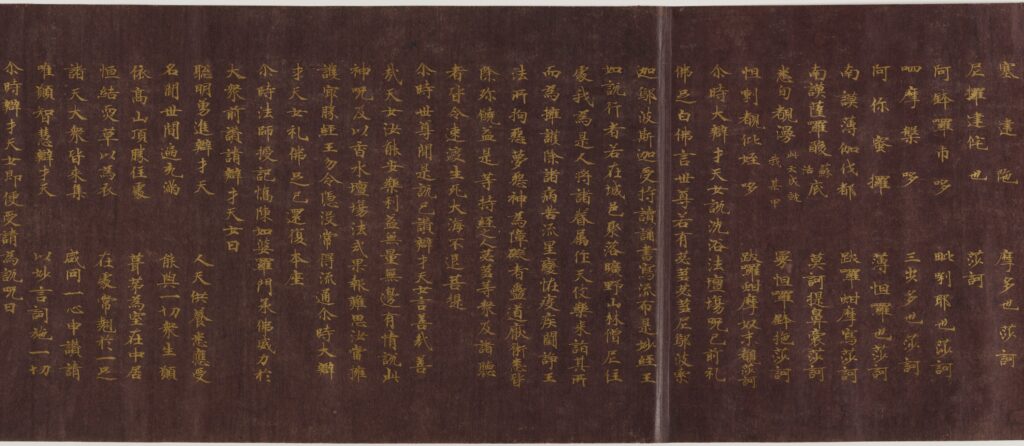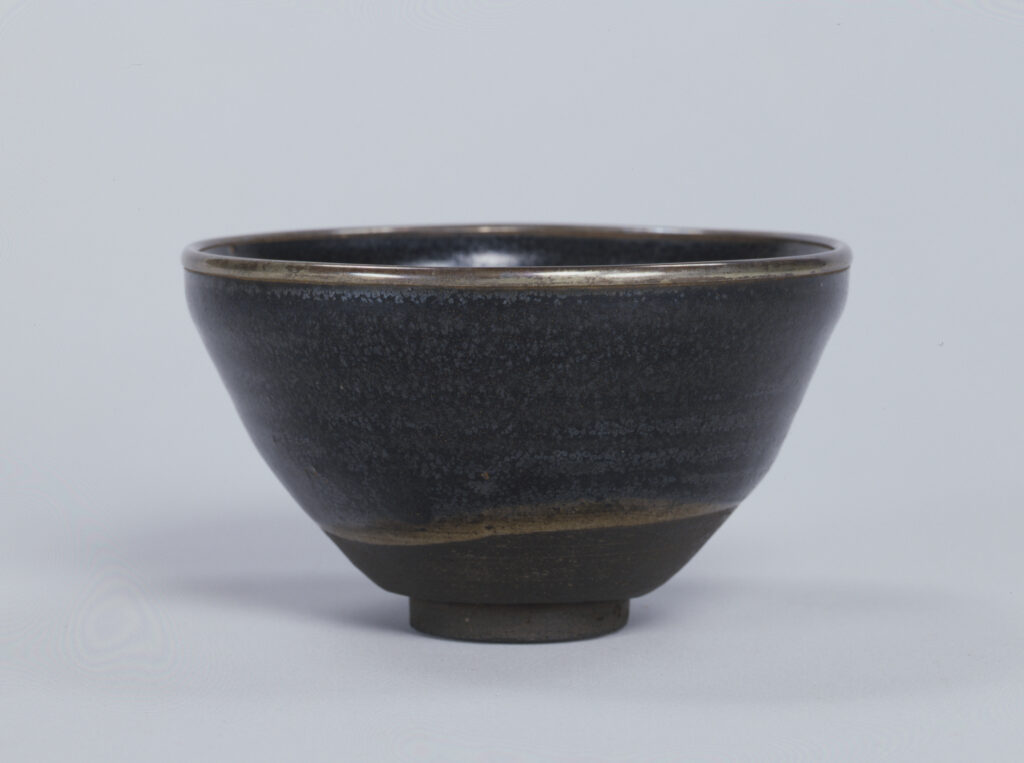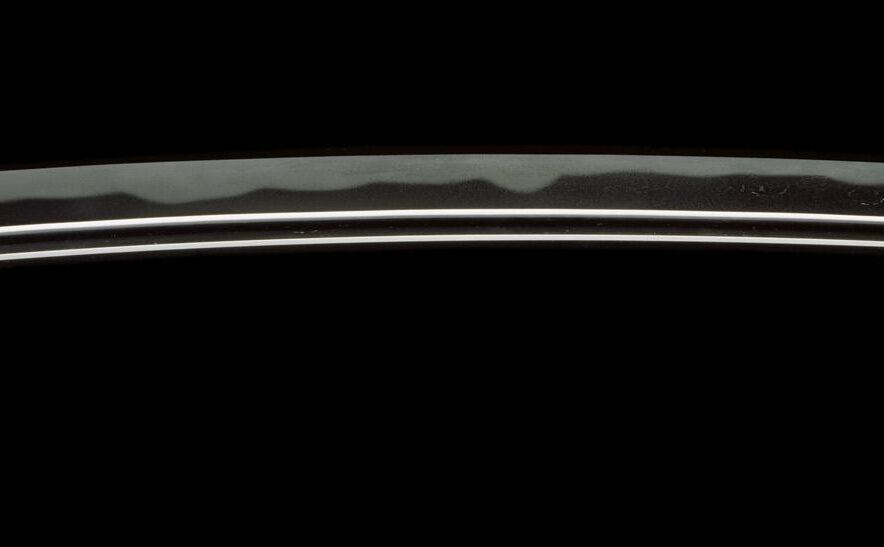The Tokugawa Art Museum (徳川美術館) is a museum in Nagoya, Japan, with a collection of over 10,000 items consisting of masterpieces inherited from the first Tokugawa Yoshinao (徳川義直), the first of the Owari (尾張) Tokugawa family, from Tokugawa Ieyasu (徳川家康), as the core of the collection, which has been handed down through the Edo period to the three leading daimyo families, as well as items collected since.
The main holdings include.
National treasures and important cultural assets
Genjimonogatari emaki (源氏物語絵巻): these picture scrolls were created during the Heian period and depict The Tale of Genji, a classic of Japanese literature. They are characterised by particularly detailed and beautiful depictions and are highly regarded worldwide.

Genjimonogatari emaki (源氏物語絵巻)、Edo period, 17th-18th century, by Sumiyoshi Gukei (住吉具慶), Source: ColBase (https://colbase.nich.go.jp/)
Swords and armour: the collection contains many symbolic objects of the samurai, such as famous swords and helmets of armour. Among these, the Masamune (正宗) sword, which is synonymous with Japanese swords, was a favourite of Tokugawa Ieyasu and others.

Masamune (正宗) sword, Kamakura period, 14th century, Source: ColBase (https://colbase.nich.go.jp/)
Paintings and calligraphic works
Paintings of the Kano (狩野) school: the collection contains many folding screens and hanging scrolls by the Kano school from the Edo period. The ‘Tokugawa Ieyasu Image’, also known as the ‘Tōshō Daigongen Zō’ (東照大権現像; image of Tokugawa Ieyasu), which is attributed to Kano Tanyū (狩野探幽), is a divine image of the deified Ieyasu.
Shoseki: The exhibition contains letters and books written by Tokugawa Ieyasu and his descendants, as well as transcriptions of classical literature in their possession.

Shishikinji konkomyo saishoo kyo (紫紙金字金光明最勝王経), Nara period, by Sugawara no Michizane (菅原道真)、Source: ColBase (https://colbase.nich.go.jp/)
Tea utensils
Tea room: the Tokugawa Art Museum houses a reconstructed tea room in the Ninomaru (二之丸) Palace of Nagoya Castle, as well as tea ceremony utensils, allowing visitors to experience the culture of the tea ceremony in the Edo period.

Haikatsugitenmoku (灰被天目), 14th-15th century, China, Source: ColBase (https://colbase.nich.go.jp/)
Tea bowls and tea scoops: The museum has a large collection of tea bowls and tea scoops, many of which are considered masterpieces. The Yohentenmoku (曜変天目) is particularly famous for its elegant shape and beautiful glaze.
Furniture and furnishings
This exhibition displays the ‘Oku-dogu (奥道具)’ used by the feudal lords and their wives. Typical of the Oku-dogu is the wedding furniture brought by the princesses who married into the feudal lords’ families. The National Treasure ‘Hatsune no tyodo (初音の調度)’ of Princess Chiyo (千代姫), the beloved daughter of the third shogun Iemitsu (家光), who married into the second generation of the Owari Tokugawa family, Mitsutomo (光友), is an extraordinarily gorgeous work and is regarded as the greatest work of maki-e (蒔絵) in Japan’s history.

